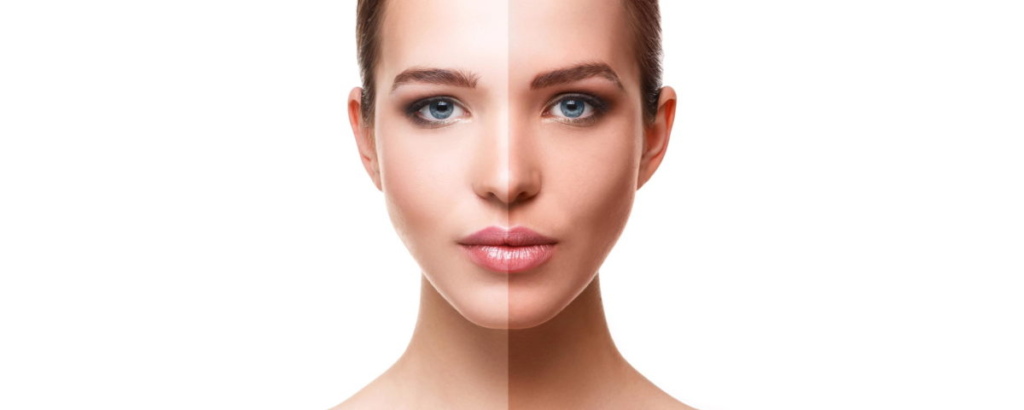A recent survey conducted by the American Academy of Dermatology (AAD) has brought to light a concerning issue: many young people remain unaware of the serious long-term health risks linked to ultraviolet (UV) radiation damage. This finding highlights an urgent need for better education and awareness campaigns to protect the younger generation from harmful sun exposure.
What the Survey Uncovered

The UV Damage Awareness Survey targeted individuals aged 18 to 30 across the United States. The results showed that a significant number of respondents underestimate or are simply unaware of the potential dangers caused by UV radiation. While many young people enjoy outdoor activities and tanning, few recognize the direct connection between UV exposure and skin damage that can lead to conditions such as premature aging, sunburn, and most alarmingly, skin cancer.
According to the AAD, skin cancer is the most common cancer in the U.S., and UV radiation from the sun and tanning beds is the leading cause. Despite this, the survey revealed that only about 40% of young adults identified UV damage as a major health risk. This gap in knowledge is troubling considering that behaviors developed in youth often set the stage for health outcomes later in life.
Why UV Damage Matters
UV radiation consists of UVA and UVB rays, both of which penetrate the skin and can cause damage to skin cells. Prolonged or intense exposure without proper protection increases the risk of developing melanoma, the deadliest form of skin cancer, as well as basal and squamous cell carcinomas.
Beyond cancer, UV damage accelerates skin aging, leading to wrinkles, loss of skin elasticity, and dark spots. The survey also found that most young people do not use adequate sun protection measures like applying sunscreen regularly, wearing protective clothing, or avoiding peak sun hours.
The Role of Education and Awareness
Experts say that this survey should serve as a wake-up call to parents, educators, healthcare providers, and policymakers to improve public education on UV damage. Dr. Anne Johnson, a dermatologist and spokesperson for the AAD, emphasized that “early education about sun safety can save lives. Young people need to understand that the habits they form now will affect their skin health decades later.”
Several organizations, including the American Academy of Dermatology, offer resources to increase awareness. Their Sun Safety Tips page provides practical advice such as choosing broad-spectrum sunscreen with SPF 30 or higher, seeking shade, and avoiding tanning beds altogether.
The Influence of Social Media and Trends
The survey also touched on the impact of social media on young people’s attitudes toward tanning and skin care. With many influencers promoting tanning as a beauty standard, some youths are misled into thinking tanning is safe or even healthy. This cultural trend contradicts medical advice and contributes to risky behavior.
Health advocates suggest using social media platforms as channels to promote sun safety messages effectively. Campaigns featuring relatable content, clear facts, and testimonials from skin cancer survivors have the potential to change perceptions and encourage protective behaviors.
What Individuals Can Do to Protect Themselves
Regardless of age, everyone should prioritize sun safety to reduce UV damage risk. Here are some recommended steps:
- Apply sunscreen every day: Use a broad-spectrum sunscreen with at least SPF 30, even on cloudy days.
- Reapply sunscreen: Every two hours, or immediately after swimming or sweating.
- Wear protective clothing: Hats, sunglasses, and long-sleeved shirts provide extra protection.
- Avoid peak sun hours: Stay indoors or in the shade between 10 a.m. and 4 p.m. when UV rays are strongest.
- Skip tanning beds: Indoor tanning significantly increases the risk of skin cancer.
The Importance of Regular Skin Checks

In addition to prevention, regular skin examinations can catch skin changes early. The AAD encourages monthly self-exams and annual dermatologist visits for professional skin checks. Early detection of skin cancer greatly improves treatment outcomes.
What Policymakers Can Do
The survey results indicate a clear need for policy interventions aimed at protecting youth from UV damage. Possible measures include:
- Implementing educational programs in schools focused on sun safety and skin cancer risks.
- Regulating tanning salons to limit youth access or enforce warning labels.
- Funding public health campaigns targeted at high-risk groups.
- Supporting research on UV exposure and prevention strategies.
Conclusion: A Call to Action
The American Academy of Dermatology’s UV Damage Awareness Survey highlights a serious public health challenge. Young people’s lack of awareness about UV risks threatens to increase rates of skin cancer and other skin problems in the coming decades. To counter this, coordinated efforts among individuals, healthcare professionals, educators, and policymakers are essential.
By spreading knowledge, promoting safer habits, and encouraging early detection, society can better protect the next generation from the harmful effects of UV radiation.
For more detailed information and guidance, visit the American Academy of Dermatology’s official website here
Also Read – Michelle Pfeiffer’s Henry Rose Names Bold New CEO Laure de Metz






